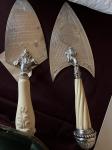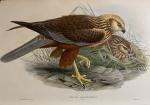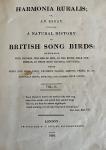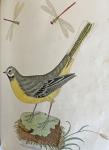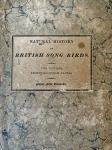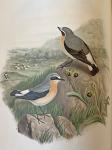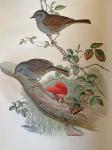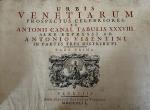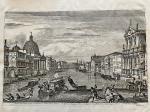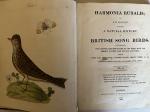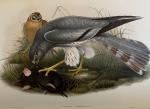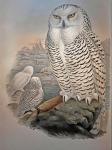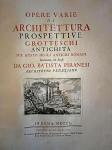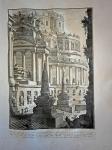Treasures of Castle Howard. 24th August 2022
I had been looking forward to this evening’s visit to Castle Howard for several weeks. Tonight’s visit was to listen to a talk about some of ‘the Treasures of Castle Howard’, hosted by the curator Dr Chris Ridgway and his team.
It was a pleasant, warm sunny evening when I arrived at the main entrance to the house. I was joining some thirty or so visitors who, like me, had booked onto this tour. At 6.00pm we were introduced to the ‘Curators team’ led by Dr Chris Ridgway and Eleanor Brooke Peat. With introductions out of the way, we made our way up the Main staircase to the ‘China Landing’. Here we listened to a very interesting and informative presentation by Eleanor about Castle Howard’s collection of ‘China and porcelain’ and how the styles and patterns had changed over the centuries. From the ‘China landing’ we made our way along the beautiful ‘Antique passage’ into the ‘Great Hall’ where Dr Chris gave an interesting and informative talk about the ‘new domed roof’, the original being destroyed in a large fire (not war related) in November 1940. It was not only the domed roof that collapsed into the main hall but also basement, principal and upper levels were also badly damaged. He explained that almost a third of the building had been affected by the fire. It was thanks to George Howard and his wife Lady Cecilia who in 1960-1962 oversaw the restoration of the dome.
Dr Chris went on to explain that following the filming by Granada television of ‘Brideshead revisited’ in 1980/1981, the ‘Garden Hall’ was restored, and it was from here he explained more about the filming along with the vision of George Howard, to open the house up to the wider public. We were able to look at a couple of the directors’ scripts used during the filming of Brideshead which are now kept in the archives. It wasn’t until 1994-95 that the ‘Central Block’ was re roofed.
On leaving the ‘Great Hall’ we made our way through the ‘Garden Hall, ‘Cabinet Room’, ‘Music Room’ and ‘Crimson Dining room’ to the ‘Museum room’ where Eleanor gave a fascinating insight into the different types of wallpaper used around the house. With at least four to five different rolls of antique wallpaper laid across a table she explained about the origins of each roll, which rooms it was hung in and the dates used, she also explained that many of the original papers were well over two hundred years old and held onto the walls with tacks, as paste hadn’t yet been invented.
From here we headed into the Long Gallery where a dozen tables had been laid out with treasures from the archive, which we could browse through, one table had a collection of silver items, another with books of holiday diaries from the 1800’s, one table with books of designs and layouts of the house and rooms. I found one table extremely interesting which had two large books entitled: Harmonia Ruralis, ‘An Essay towards the Natural History of British Songbirds’ vol 1 and vol 2, 1824, by the English Naturist, Illustrator, and botanist James Bolton 1735 – 1824. The colourful illustrations in these two books were remarkable. The attention to detail and vibrancy of the colours was amazing. It felt a privilege to be able to touch and turn over the pages. Another book which I was able to handle was a black and white illustrated book entitled ‘The History of British Birds’ vol 1, 1797, by Thomas Bewick 1753 – 1828 the English wood engraver and natural historian. The quality of the images was remarkable, considering the pages had all be printed from carved wooden blocks. Another beautiful book on display was that by the English ornithologist John Gould, 1804 - 1881, entitled ‘Birds of Great Britain’, published in 1873, this was one of five beautiful bound volumes. I would have been quite happy spending the evening browsing through these wonderful books.
Another table had books about Rome and another on Venice, containing beautiful black and white drawings by the Italian Architectural Designer and Illustrator Antonio Visentini, 1688 – 1782. He was a professor at the Venetian Academy. His book entitled ‘Urbis Venetiarum Prospectus Celebriores Ex Antonii Canal’ contained views of the architecture, bridges and canals around Rome and Venice, all 38 images had been etched and engraved by Visentini between 1728 – 1735, A remarkable piece of work and again I felt quite humble at being able to turn the pages of these beautiful works of art.
Alas, time was marching on and by 8pm we had to leave the artifacts and make our way to the Fitzroy restaurant for some refreshments which rounded off the evening extremely nicely. Many thanks to Dr Chris Ridgeway, Eleanor and the team for a most interesting, informative and fascinating evening.
|

